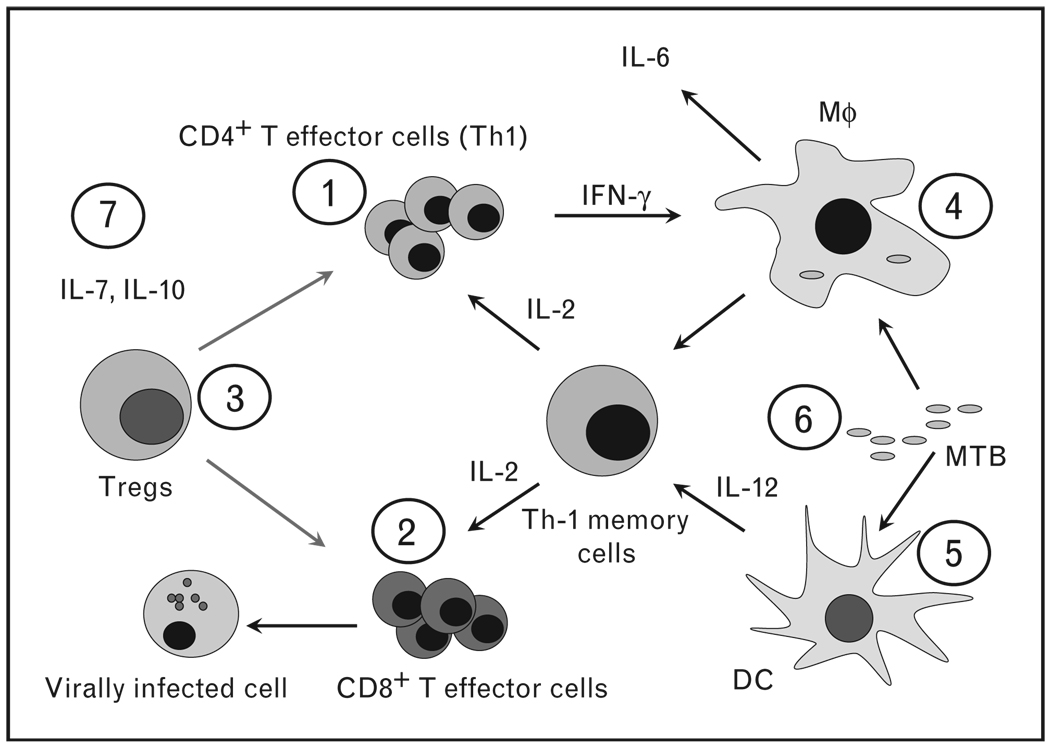Figure 1. The immunopathogenesis of immune reconstitution disease is not precisely known but there are indications that various players are involved.
CD4 T cells (1) are involved in mycobacterial and other granulomatous immune reconstitution disease (IRD) whereas CD8+ T cells (2) are more frequently associated with viral IRD. IRD could be the consequence of unbalanced reconstitution of overactivated T cells and regulatory T cells (Tregs) (3). Direct activation of monocytes (4) and dendritic cells (5) during immune reconstitution, in particular by living or dead mycobac-teria or antigenic debris could be a possibility (6). Antigen load (6) during immune restoration may be a determining factor as well. Finally, the cytokine environment (7) during immune restoration, IL-7 and IL-10 in particular, both important in T-cell homeostasis, could have a pivotal role in the IRD. MTB, Mycobacterium tuberculosis; Mϕ, macrophage.

